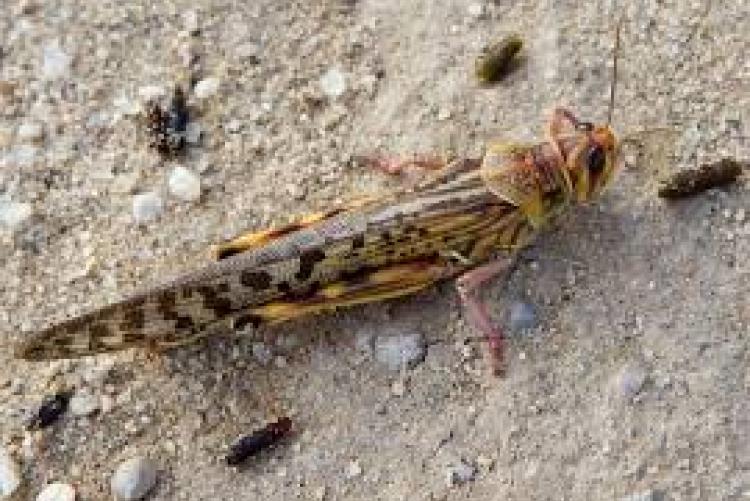Entomologists Association coordinated by UoN's don Dr. George Ong'amo Otieno continue to monitor the state of locust invasion in Kenya. Dr. Ong’amo noted that the locust invasion is not necessarily confined to arid and semi-arid areas as is the habit of locusts but could likely spread to the whole country. They attributed the spread to the cyclones, the young age of the locust and the fast rate of breeding. At the moment they’re moving north towards Turkana County, Southern Sudan and North-eastern Uganda.
“It was assumed that the locust would be here for a short while. However, the rate at which they are breeding is alarming. The change in climate patterns has also aggravated the situation. "
The chemical aerial spray that is being administered is not effective. Prof. John Nderitu, UoN’s Proffesor of Agriculture recommended an integrated Pest Management that includes biological, mechanical and chemical control. The University researchers are in the field collecting samples of the locust for laboratory analysis.
Prof. Nderitu further suggested to the government to send teams with nets attached to aircrafts to capture the locusts and give them to animal food manufacturers to produce animal feed and added that locusts are very nutritious.
The experts said that the locusts came from Yemen to Ethiopia then down to Kenya following the heavy rainfall that the country experienced late last year.
Locust invasion, UoN Don, Experts, entologists, University of Nairobi

